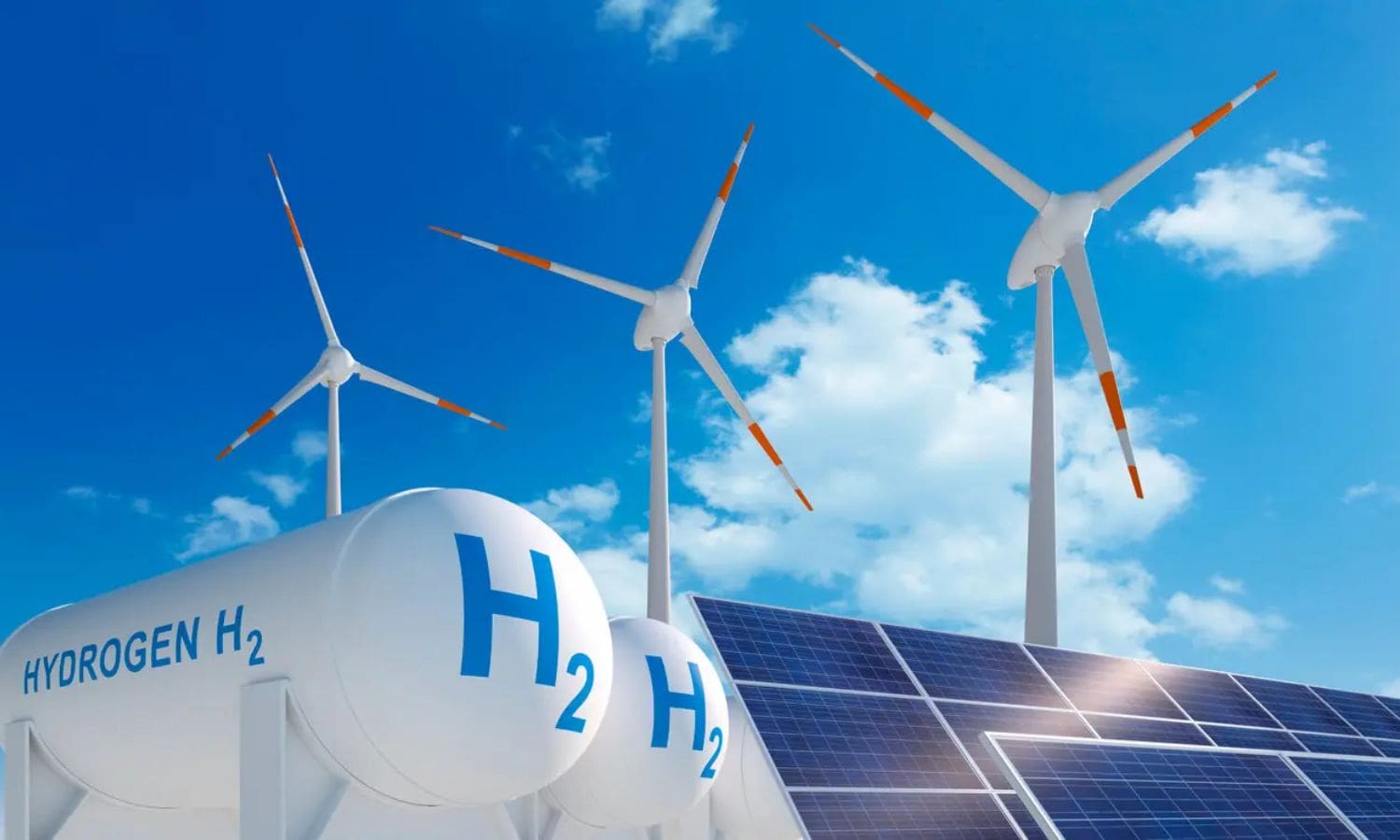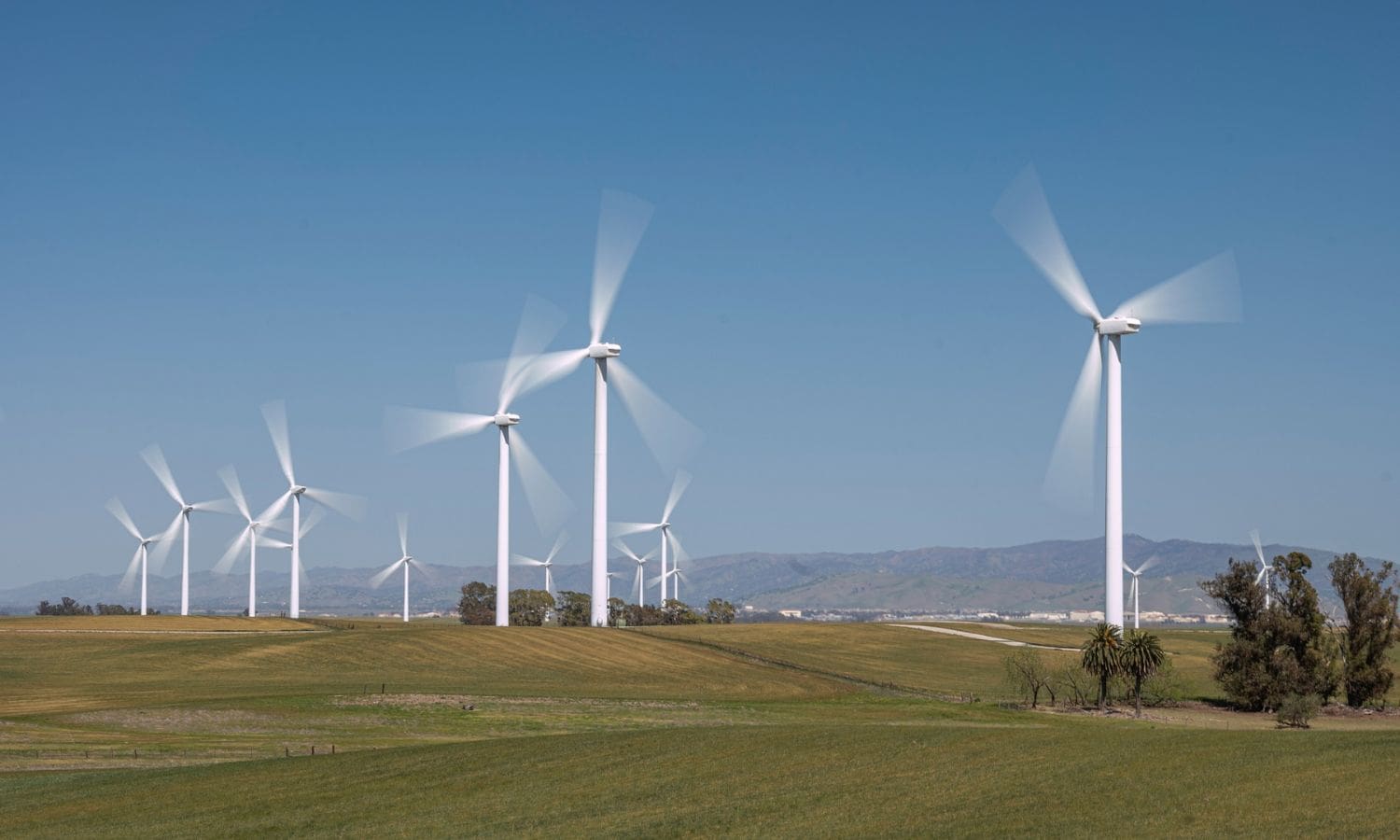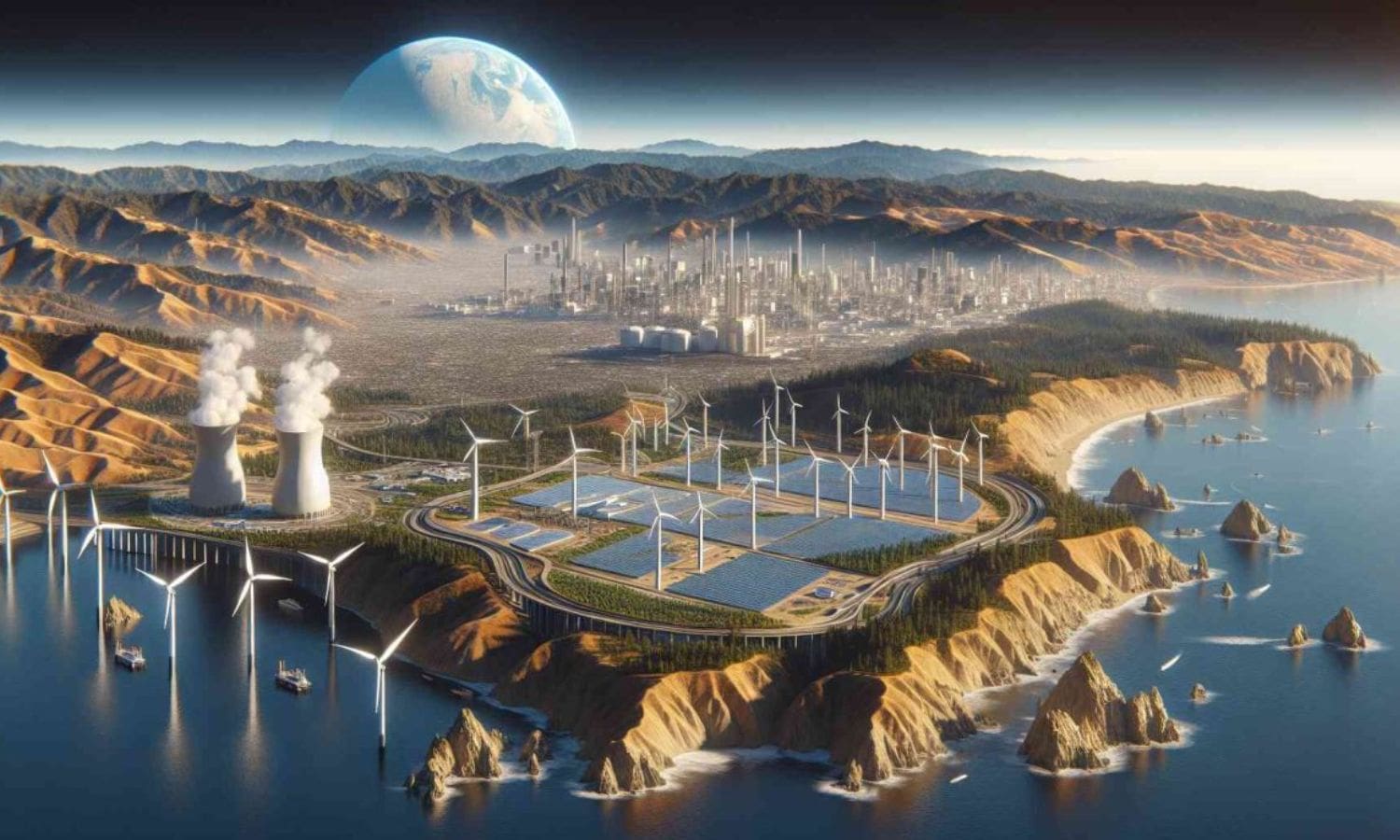California Clean Hydrogen Vision: California is set to make a significant investment in clean hydrogen projects, with a staggering $1.2 billion allocated for this purpose. This ambitious initiative, led by ARCHES, aims to drive decarbonization efforts in the state and create hydrogen hubs nationwide.
However, controversies surrounding hydrogen production methods remain a topic of concern. Governor Newsom’s support and plans for these projects signal a promising future for a greener California.
California’s clean hydrogen vision and the potential it holds for a sustainable future.
Key Takeaways Of California Clean Hydrogen Vision
- California has invested $1.2 billion in hydrogen projects to accelerate the development and deployment of clean hydrogen technologies.
- The establishment of ‘Clean Hydrogen Hubs’ will focus on decarbonizing industries such as transportation, power generation, and manufacturing.
- ARCHES is leading the decarbonization efforts in California by targeting heavy-duty vehicles, power plants, and ports with clean hydrogen technologies.
- Hydrogen hubs across the U.S., including California, will have a national impact on reducing emissions, creating jobs, and fostering economic growth.


California’s Clean Energy Investment: $1.2 Billion for Hydrogen Projects
How much did California invest in hydrogen projects to support its clean energy goals?
California has made a groundbreaking investment of $1.2 billion in hydrogen projects, demonstrating its commitment to achieving its clean energy objectives. This significant investment aims to accelerate the development and deployment of clean hydrogen technologies across various sectors within the state.
The funds will be utilized to establish ‘Clean Hydrogen Hubs’ that will serve as centers of innovation and collaboration, focusing on decarbonizing industries such as transportation, power generation, and manufacturing. These hubs will facilitate research, development, and demonstration of hydrogen-based technologies, enabling the state to reduce greenhouse gas emissions and transition to a greener energy future.
With this substantial investment, California is poised to become a frontrunner in the development and utilization of clean hydrogen, paving the way for a more sustainable and environmentally friendly energy landscape.
ARCHES-Led Proposal: Driving Decarbonization
The proposal led by ARCHES aims to drive decarbonization in California through the utilization of clean hydrogen technologies. As a public-private partnership, ARCHES has identified key projects that will help decarbonize heavy-duty vehicles, power plants, and ports.
By focusing on these sectors, ARCHES recognizes the significant impact they have on California’s carbon emissions. Heavy-duty vehicles, for example, are responsible for a large portion of transportation-related emissions. By introducing clean hydrogen technologies, such as hydrogen fuel cell vehicles, ARCHES aims to reduce these emissions and create a greener transportation system.
Similarly, power plants and ports are major contributors to California’s carbon footprint. The proposal seeks to implement clean hydrogen solutions, such as hydrogen fuel cells for electricity generation, to decarbonize these sectors and promote a more sustainable energy landscape.
Through its comprehensive approach, ARCHES is driving the decarbonization efforts in the state and paving the way for a greener California.
National Impact: Hydrogen Hubs Across the U.S.
With ARCHES’ proposal driving decarbonization in California, the establishment of hydrogen hubs across the U.S. is poised to have a national impact. The Department of Energy’s expansion of hydrogen hubs to six other designated regions signifies a commitment to promoting clean energy solutions on a larger scale.
These hubs will receive phased funding to support planning, analysis, and stakeholder engagement, ensuring a comprehensive and inclusive approach to hydrogen development. By strategically locating these hubs in different regions, the goal is to leverage local resources, infrastructure, and expertise to accelerate the adoption of hydrogen as a clean energy source.
This national effort will not only contribute to reducing greenhouse gas emissions but also drive job creation, economic growth, and energy independence. The establishment of hydrogen hubs across the U.S. represents a significant step towards a greener and more sustainable future.


Also Read: Scandinavian Designs California Furniture Chain Announces Closure of Fair Oaks Store in 2024
Controversies Surrounding Hydrogen Production Methods
One of the main controversies surrounding hydrogen production methods is the debate over their environmental impact. While hydrogen is often touted as a clean and sustainable energy source, the methods used to produce it can vary in terms of their carbon footprint.
One of the most contentious methods is the production of hydrogen from natural gas, which releases carbon dioxide into the atmosphere. Critics argue that this method is not truly sustainable and undermines the goal of reducing greenhouse gas emissions.
However, there are alternatives, such as producing hydrogen exclusively from renewable energy and biomass, which have a lower environmental impact.
It is crucial to carefully consider the production methods used to ensure that hydrogen plays a positive role in creating a greener future.
Governor Newsom’s Support and Plans for Hydrogen Projects
Governor Newsom’s strong commitment to advancing hydrogen projects in California includes plans to establish a task force for expediting project approvals and formulating a comprehensive strategy, as discussed in the previous subtopic.
Recognizing the potential of hydrogen as a clean and sustainable energy source, Newsom aims to accelerate the development and deployment of hydrogen technologies across the state. The task force will streamline project approvals, reducing bureaucratic delays and ensuring a swift implementation of hydrogen initiatives.
Additionally, the Office of Business and Economic Development will contribute to this effort by formulating a comprehensive strategy that addresses the various aspects of hydrogen production, distribution, and utilization.


Conclusion Of California Clean Hydrogen Vision
California’s commitment to investing $1.2 billion in hydrogen projects demonstrates its determination to drive decarbonization and create a greener state.
The ARCHES-led proposal and the establishment of hydrogen hubs across the U.S. show the potential for national impact.
However, controversies surrounding hydrogen production methods need to be addressed to ensure sustainability.
Governor Newsom’s support and plans for hydrogen projects further emphasize California’s dedication to clean energy and a more sustainable future.
Q1. What is the California hydrogen Initiative?
Ans. California’s Clean Hydrogen Program, initiated through Assembly Bill 209 (The Energy and Climate Change budget bill, Chapter 251, Section 12, Chapter 7.6, Article 4, enacted in September 2022), aims to showcase or expand hydrogen projects involved in the production, processing, delivery, storage, or utilization of hydrogen derived from water, meeting eligibility criteria.
Q2. What is the 7 billion hydrogen grant?
Ans. A significant portion of this program, totaling seven billion dollars, is earmarked for advancing the creation of regional clean hydrogen hubs. These hubs are envisioned to serve as catalysts for the development of multi-state hydrogen ecosystems, with the ultimate goal of expanding and interconnecting to establish a national hydrogen economy.
Q3. What is the California hydrogen Hub DOE?
Ans. California stands as one of seven recipients selected by the Department of Energy (DOE) for the Regional Clean Hydrogen Hubs (H2Hubs) initiative. This strategic initiative aims to initiate a nationwide network of clean hydrogen producers, consumers, and supporting infrastructure. The focus is on bolstering the entire spectrum of clean hydrogen processes, including production, storage, delivery, and end-use applications.
Q4. What is the future of hydrogen fuel in California?
Ans. California has ambitious plans for its transportation infrastructure, with projections indicating the establishment of 200 hydrogen fueling stations and 250,000 electric vehicle (EV) chargers, including a significant number of 10,000 direct current fast chargers, by the year 2025. Looking ahead to 2030, the state aims to have an impressive 5 million zero-emission vehicles (ZEVs) on its roads, signaling a substantial commitment to sustainable and eco-friendly transportation solutions.

